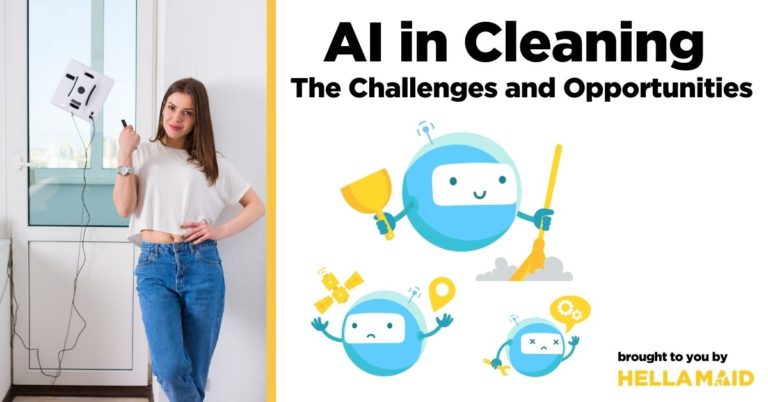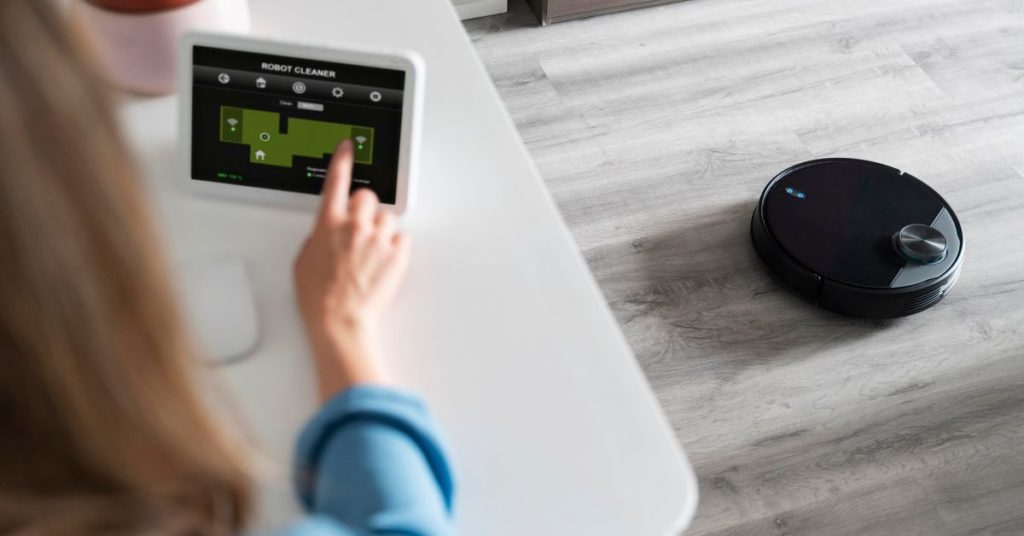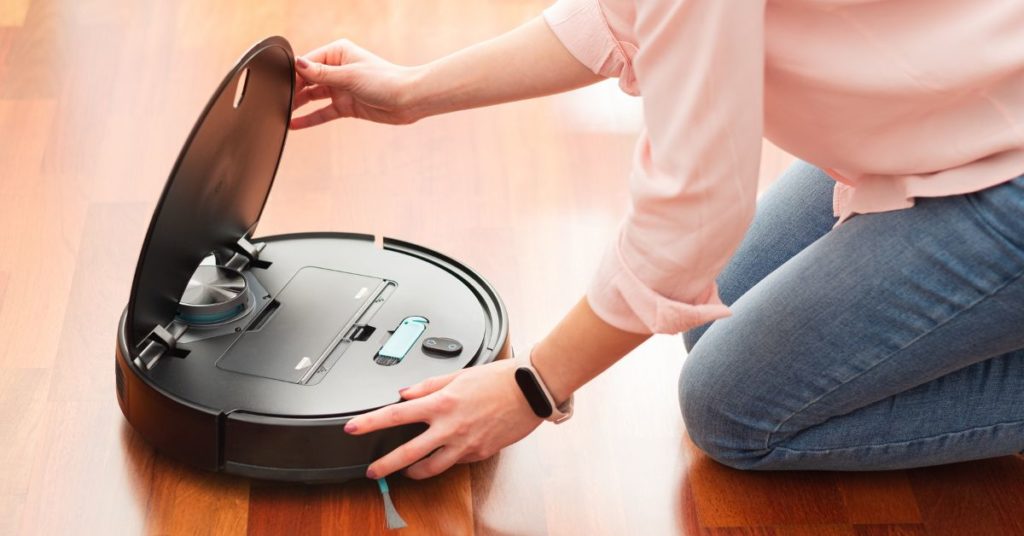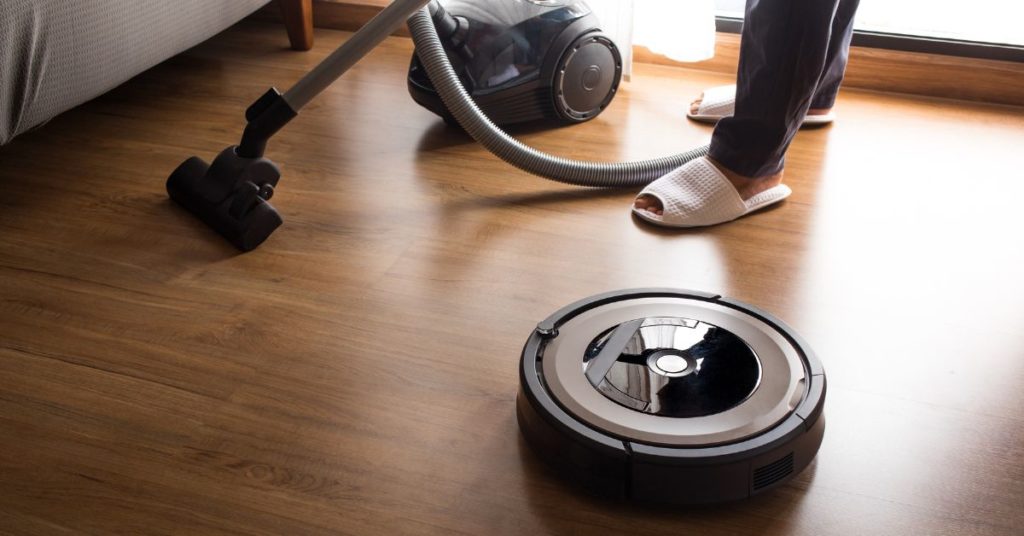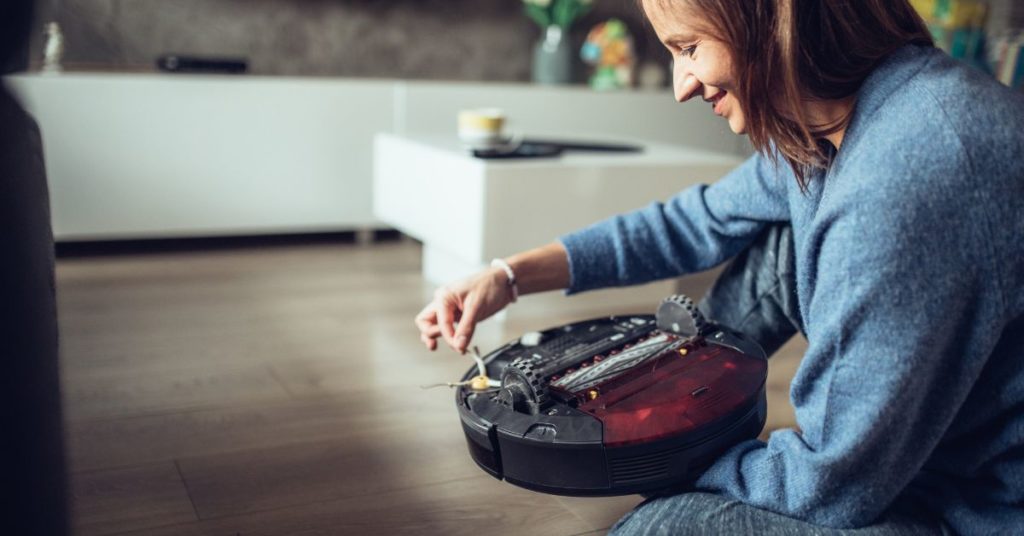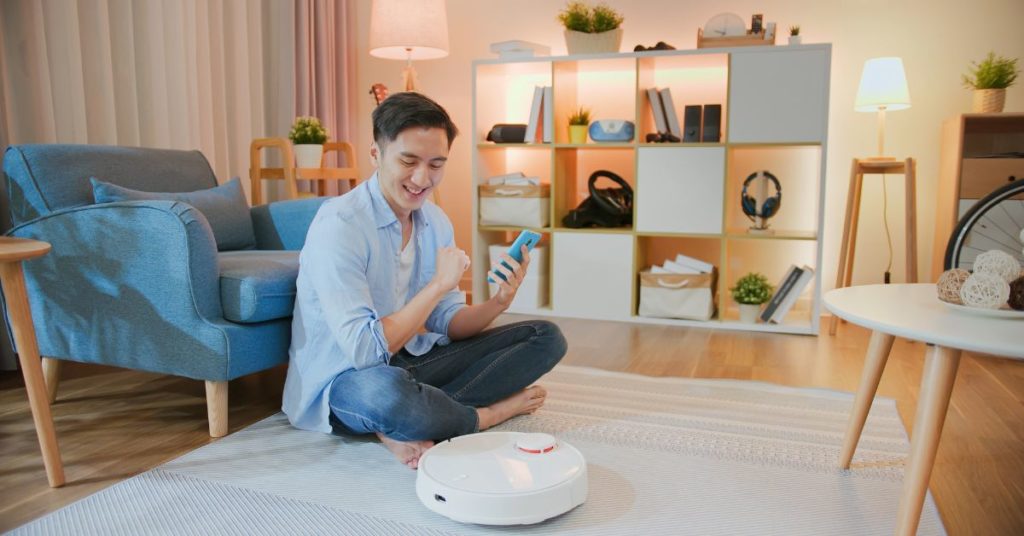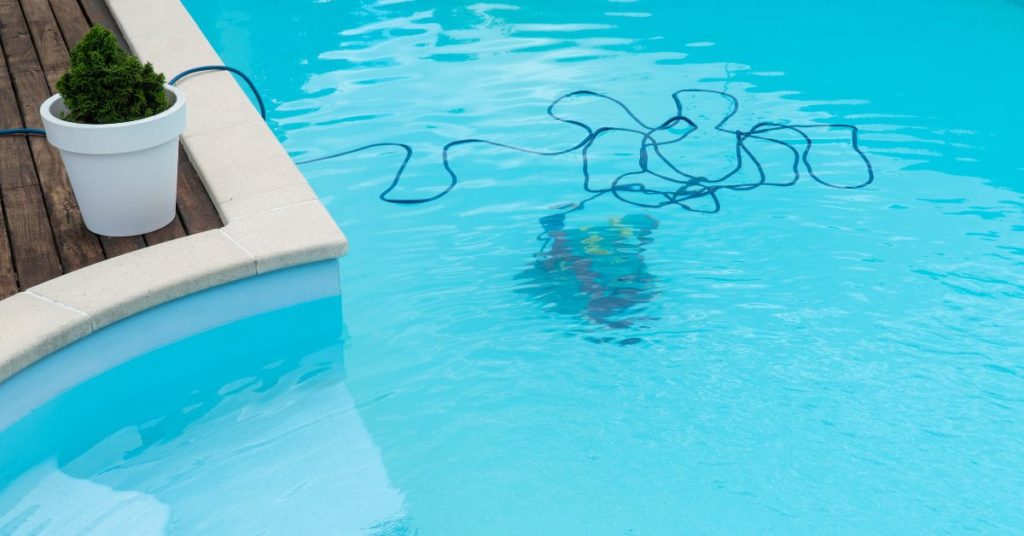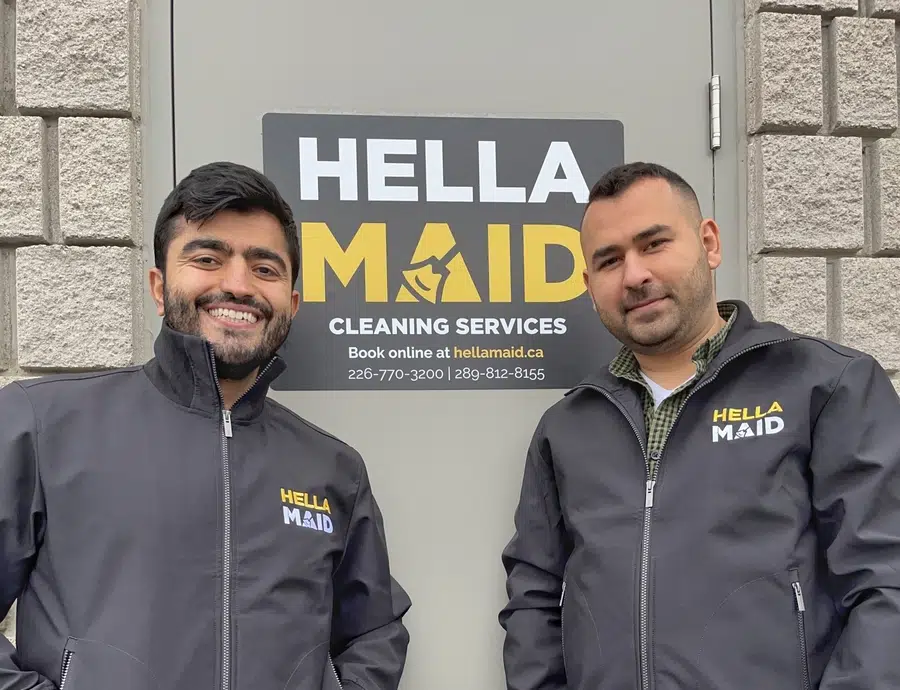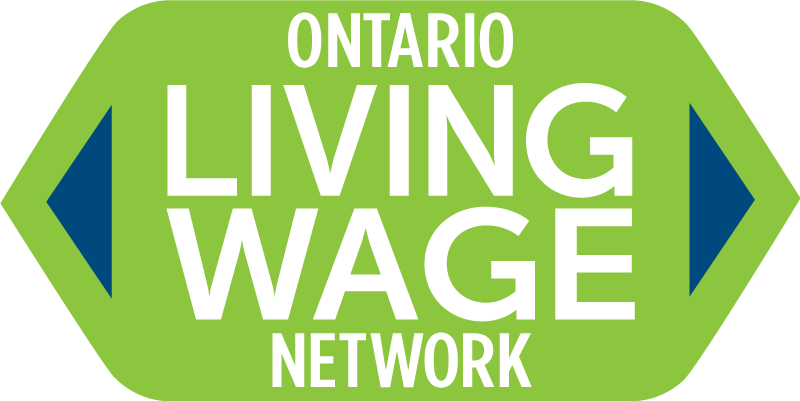AI in cleaning is rapidly transforming how we approach and manage cleaning services. With AI-powered solutions, cleaning companies can now improve the quality of their services, enhance safety and security, reduce costs, and optimize their processes. As we continue to embrace this technology, it is important to explore how AI is revolutionizing the cleaning industry. This article will delve into the many benefits and challenges of using AI in cleaning and how this technology is changing how we approach and deliver cleaning services. So, whether you are a professional cleaner, business owner, or simply interested in the latest developments in cleaning technology, read on to discover the many possibilities of AI in cleaning.
Challenges of AI in Cleaning
Data Collection and Analysis
Data collection and analysis are crucial to implementing AI technology in cleaning. AI algorithms need large amounts of data to learn and improve their performance over time. In the context of cleaning, this data can include information on cleaning tasks, such as the frequency of cleaning, the type of cleaning chemicals used, and the number of employees required for each task.
Collecting this data requires careful planning and execution. Cleaning companies need to ensure that the data they collect is accurate, complete, and consistent. This can be challenging, as cleaning tasks can vary widely based on factors, including the type of facility being cleaned, the time of day, and the number of people using the space.
Once the data is collected, it needs to be organized and analyzed to provide insights for optimizing cleaning processes. This can involve using data analysis software to identify patterns and trends in the data, such as which cleaning tasks are performed most frequently or which cleaning chemicals are most effective.
Data analysis can also help cleaning companies identify inefficiencies in their cleaning processes. For example, if data analysis reveals that a particular area is frequently dirtier than others, cleaning companies can adjust their cleaning schedules to focus more attention on that area.
In addition to optimizing cleaning processes, data analysis can also be used for predictive maintenance. By analyzing data on equipment usage, AI algorithms can identify patterns that indicate when equipment is likely to fail. This information can be used to schedule maintenance proactively, lowering downtime and extending the life of the equipment.
Cost
The cost of implementing AI technology in cleaning can be a significant challenge for cleaning companies. The equipment and software required for AI-powered cleaning solutions can be expensive, and the training and maintenance costs can add up over time. Additionally, cleaning companies may need to hire IT personnel to manage the technology, which can further increase costs.
The cost of AI-powered cleaning equipment can vary widely depending on the type and complexity of the technology being implemented. For example, cleaning robots can cost thousands of dollars, while AI-powered sensors and software can also be expensive.
In addition to the cost of the equipment itself, cleaning companies may also need to invest in employee training to ensure that their staff can effectively use the new technology. This can involve providing training on how to operate the equipment, as well as how to interpret and use the data generated by AI algorithms.
Maintenance costs are another consideration when implementing AI technology in cleaning. Like any other piece of equipment, AI-powered cleaning technology will require ongoing maintenance to ensure that it continues to operate effectively. This can involve tasks such as replacing batteries, updating software, and performing regular cleanings.
Finally, cleaning companies may also need to hire IT personnel to manage the technology. This can be a significant expense, as IT personnel typically require higher salaries and benefits than cleaning staff. Additionally, IT personnel may need to be available 24/7 to provide support for the technology, adding to the overall cost.
Despite these challenges, the cost of implementing AI technology in cleaning can be offset by the potential benefits, such as improved efficiency, reduced labor costs, and enhanced safety and security. Cleaning companies need to carefully evaluate the costs and benefits of implementing AI technology in their operations and develop a strategy for managing the costs while realizing the benefits. This may involve prioritizing investments based on the potential return on investment, partnering with technology providers to share costs, and seeking out funding opportunities such as grants or subsidies.
Integration with Existing System
Integrating AI technology with existing cleaning systems can be a significant challenge for cleaning companies. Existing systems may have been designed without considering the potential for AI integration, making it difficult to retrofit new technology into the existing infrastructure. Additionally, different systems may use different software and data formats, making it challenging to integrate them into a cohesive whole.
One of the first steps in integrating AI technology with existing cleaning systems is to assess the compatibility of the existing system with the new technology. This can involve evaluating the hardware and software used in the existing system and determining whether it can support the new technology.
If the existing system is not compatible with the new technology, cleaning companies may need to invest in new hardware and software to support the AI-powered cleaning solution. This can be expensive and time-consuming, but it may be necessary to ensure that the new technology can be integrated seamlessly into the existing infrastructure.
Once the hardware and software compatibility issues have been addressed, cleaning companies must ensure that the new technology can communicate effectively with the existing system. This can involve developing custom software solutions to bridge the gap between the two systems or using standardized communication protocols to ensure compatibility.
Another consideration when integrating AI technology with existing cleaning systems is data management. Cleaning companies must ensure that data generated by the new technology can be integrated effectively into the existing data management system. This can involve developing custom data management solutions or using standardized data formats to ensure compatibility.
Opportunities of AI in Cleaning
Predictive Maintenance
Predictive maintenance is a powerful application of AI technology in cleaning that can help cleaning companies reduce downtime, extend the life of equipment, and improve overall efficiency. Predictive maintenance involves using AI algorithms to analyze data from cleaning equipment, such as cleaning robots or floor scrubbers, to predict when maintenance will be required.
By analyzing data on equipment usage and performance, AI algorithms can identify patterns that indicate when equipment is likely to fail. This information can be used to schedule maintenance proactively before the equipment fails and causes downtime.
One of the key benefits of predictive maintenance is that it can help cleaning companies reduce downtime and extend the life of the equipment. By scheduling maintenance proactively, cleaning companies can avoid unplanned downtime and reduce the need for costly repairs. Additionally, by addressing maintenance issues early, cleaning companies can extend the life of the equipment and avoid the need for premature replacement.
To implement predictive maintenance in cleaning, cleaning companies need to collect data on equipment usage and performance. This data can include information on the number of hours of operation, the frequency of use, and any performance issues or malfunctions that have occurred. This data can be collected using sensors or other monitoring devices that are attached to the equipment.
Once the data has been collected, it needs to be analyzed using AI algorithms to identify patterns and trends. The algorithms can use machine learning techniques to identify patterns in the data and predict when maintenance will be required. These predictions can be used to schedule maintenance proactively before equipment failure occurs.
Optimize Cleaning Processes
Optimizing cleaning processes using AI technology involves using machine learning algorithms to analyze data and identify patterns that can help cleaning companies improve efficiency and reduce costs. This can include identifying the most efficient routes for cleaning staff, optimizing cleaning schedules, and improving the allocation of resources.
One example of optimizing cleaning processes is route optimization. By analyzing data on building layouts and the location of cleaning equipment, AI algorithms can identify the most efficient routes for cleaning staff to take. This can help to reduce travel time and improve overall efficiency.
Cleaning schedules can also be optimized using AI technology. By analyzing data on the frequency of use and the level of dirt and grime in different areas of a building, AI algorithms can identify the areas that require more frequent cleaning and those that can be cleaned less frequently. This can help cleaning companies optimize their cleaning schedules, reduce labor costs, and improve overall efficiency.
Another way that AI technology can help to optimize cleaning processes is by improving the allocation of resources. By analyzing data on the usage of cleaning equipment, AI algorithms can identify areas where additional equipment is required or where equipment can be redistributed to improve efficiency. This can help to reduce costs by ensuring that equipment is being used effectively and efficiently.
Enhance Safety and Security
Enhancing safety and security is an important application of AI technology in cleaning that can help to improve the safety and well-being of cleaning staff, building occupants, and visitors. AI-powered cleaning solutions can help to identify potential safety hazards and security risks and provide real-time alerts and notifications to ensure that appropriate action is taken.
One way that AI technology can enhance safety in cleaning is through the use of sensors and monitoring devices. These devices can be used to detect potential safety hazards, such as spills or obstructions, and provide real-time alerts to the cleaning staff. This can help to prevent accidents and reduce the risk of injury.
AI technology can also be used to enhance security in cleaning. For example, AI-powered cleaning robots can be equipped with sensors and cameras that can detect unusual activity or security breaches. This information can be transmitted in real-time to security personnel, allowing them to take appropriate action to address the situation.
In addition, AI technology can be used to monitor the use of cleaning equipment and supplies to prevent theft and unauthorized use. By analyzing data on the usage of cleaning equipment and supplies, AI algorithms can identify patterns that indicate potential theft or misuse and provide real-time alerts to cleaning staff or security personnel.
Embracing AI in Cleaning
AI is bringing a new level of innovation and efficiency to the cleaning industry, helping companies to streamline their processes, reduce costs, and improve their services. As we continue to embrace this technology, it is important to remember that AI should be seen as a tool to enhance human capabilities, not replace them. By working together with AI-powered solutions, cleaning professionals can achieve greater success and deliver better outcomes for their clients.
As with any new technology, it is important to approach AI with an open mind and a willingness to learn. Those who are willing to embrace change and adapt to new ways of working will be better positioned to succeed in the rapidly evolving cleaning industry. So, if you are looking to grow and thrive in this field, consider exploring the potential of AI in your cleaning business.
Remember, success in any field comes down to a combination of hard work, dedication, and a willingness to learn and adapt. By staying informed and keeping an open mind, you can take advantage of the many opportunities that AI in cleaning has to offer and continue to grow and succeed in your career.

